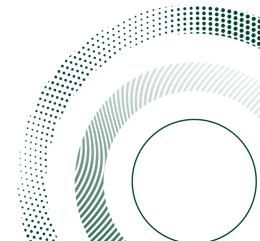Improving Kilonova Detection With Coordinated Gravitational Wave Follow-up Efforts
The discovery of a kilonova following the binary neutron star merger GW170817 marked a turning point in multi-messenger astronomy, demonstrating the power of joint gravitational-wave and electromagnetic observations. However, when GW190425—a second neutron star merger—was detected, no electromagnetic counterpart was found despite extensive follow-up by observatories worldwide. In this talk, I will explore the reasons behind this non-detection. Was the kilonova intrinsically faint, or were observational efforts poorly optimized? I will present a detailed analysis of the global follow-up campaign, including sky accessibility, coverage efficiency, and observational depth. By comparing the follow-up data to kilonova models, I assess whether such a transient could have been detected given the resources available. The results highlight the critical role of coordination, rapid response, and strategy in the detection of fast-evolving transients, and point to broader lessons relevant to future gravitational-wave follow-up and the growing field of rapidly evolving transients.
תאריך עדכון אחרון : 01/06/2025



